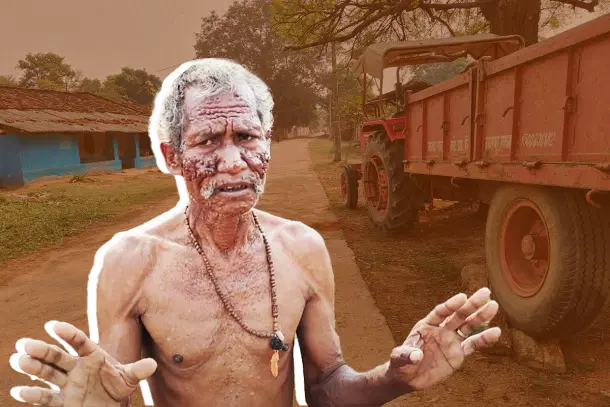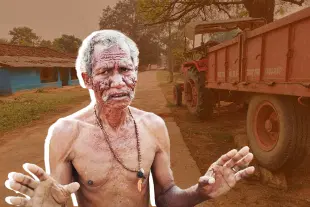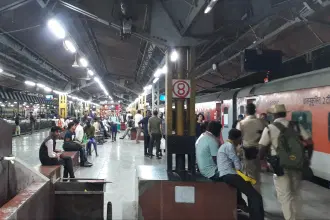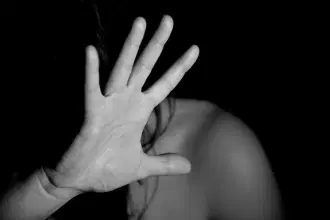News Brief
In A First, Census To Count Particularly Vulnerable Tribal Groups Separately, Ministry Writes To Registrar General
Arzoo Yadav
Aug 25, 2025, 12:52 PM | Updated 12:52 PM IST
Save & read from anywhere!
Bookmark stories for easy access on any device or the Swarajya app.


In what might be a historic move in India's Census exercise, the Ministry of Tribal Affairs (MoTA) has formally urged the Registrar General and Census Commissioner of India (RGI) to make plans for a separate enumeration of Particularly Vulnerable Tribal Groups (PVTGs), reported The Indian Express.
If accepted, this would be the first time some tribes are counted independently in the Census rather than being lumped into the larger Scheduled Tribe (ST) category.
At present, India recognises 75 PVTGs spread across 18 states and one Union Territory (Andaman and Nicobar Islands). They were originally identified on the basis of four key criteria: low literacy levels, geographical isolation, pre-agricultural stage of technology, and deep economic backwardness. Despite their unique challenges, PVTGs have so far remained underrepresented in official data.
Around 40 of these 75 groups are listed as STs under the Presidential Order and hence were covered in the 2011 Census. But as Professor A B Ota, retired IAS officer and former director of the Odisha State Tribal Museum, explained: “The remaining PVTGs, often sub-groups within larger ST communities, are not distinctly enumerated in the Census, leading to a lack of specific data on key demographic indicators. This data gap poses significant challenges for policymakers and planners in designing targeted, need-based programmes.”
This is particularly relevant at a time when the Centre has scaled up welfare interventions for these groups. In November 2023, Prime Minister Narendra Modi launched the PM-JANMAN (Pradhan Mantri Janjati Adivasi Nyaya Maha Abhiyan) in Jharkhand, a mission-mode programme designed to bridge socio-economic gaps for PVTGs across more than 200 districts. The scheme aims to saturate basic services—ranging from healthcare and housing to electrification and road connectivity—within three years, through nine different ministries.
Initially, the Centre had estimated the population of PVTGs at 28 lakh. However, a subsequent habitation-level survey using the PM Gati Shakti mobile application revised the figure sharply upwards to 45.56 lakh. Madhya Pradesh (12.28 lakh), Maharashtra (6.2 lakh) and Andhra Pradesh (4.9 lakh) account for the largest PVTG populations, according to MoTA’s recent submission in the Lok Sabha.
A separate Census enumeration would bring greater precision. Professor Kamal K Misra, former director of the Anthropological Survey of India, noted: “There are overlaps across states due to nomenclature, and in some cases, omission of certain groups. Currently, there are 75 groups identified in PVTGs and this number could have increased or decreased. Thus, only a revision of criteria can help update the information.”
Misra further argued that after enumeration, it would be crucial to design a development index to classify PVTGs on the basis of urgency of need, since not all communities are equally placed on the development scale.
The upcoming 2027 Census, which will include both population and caste enumeration in two phases beginning April 2026, could therefore open an unprecedented opportunity to institutionalise PVTG data collection. As the Ministry has stressed, a consolidated database is essential because PVTGs remain among the most marginalised and socio-economically backward vulnerable sections of the population.
For policymakers, this could be the first meaningful step towards ensuring that the country’s most deprived communities are not left behind in the pursuit of inclusive development.
Please click here to add Swarajya as your preferred and trusted news source on Google.





